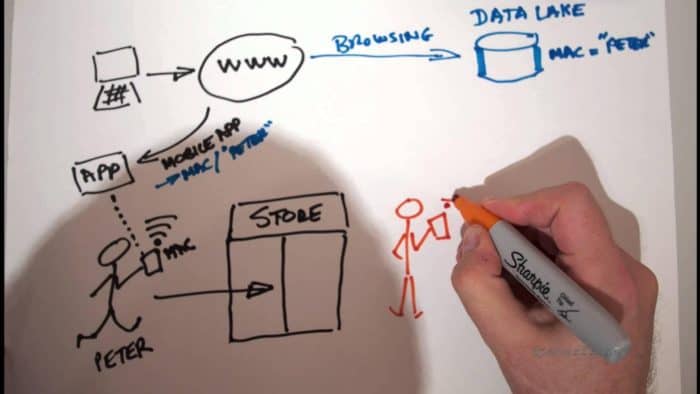When you log in to your Facebook account, do you read all the posts before you click and share to circulate memes or articles to your contacts list? Do customers pass on your company messages, when you publish online? You may be furthering your brand through content sharing, but the breadth of reach may not be as positive as it first appears and if you are unsure of your company’s overall brand message this too can be harming your chances of success. A Brand Strategy Agency such as RHM (Really Helpful Marketing) can help with this. Here are some further explanations on why sharing and reading are not the same thing.

Why Most Firms Still Track ‘Shares’
In today’s fast-paced online social networking, it’s easy to see why many Bristol web design agencies are promoting social media such as Facebook to businesses. It’s a given that the stronger an online brand, and the more followers a business has, the more reach they are achieving to generate ecommerce possibilities. Businesses are consistently told that brand recognition and loyalty can be mapped through social media page visits and shared links. This has led to an ever-increasing quest for SEO, spin and keyword-rich text.
However, research suggests that the way we calculate the effectiveness of our messages may be flawed. According to http://time.com/12933/what-you-think-you-know-about-the-web-is-wrong/ reports on online consumer behaviours, the majority of online footfall spends less than 15 seconds viewing a page, before moving on. While they may make a hasty share, people rarely take time to digest all the information on the page .
Optimising the Customer Online Experience
The internet has dramatically altered customer expectations. Consumers seek rapid, responsive results, with immediate returns for queries. If web content isn’t concise, they will simply leave the site, confident that an alternative firm’s content will yield the results they are looking for. Research suggests that even when a consumer ‘likes’ or ‘shares’ information online among their contacts, this is no indication of how the material has been received, or whether it prompted a call to action such as a purchase.
Clear, easily-navigable content is still the primary way of converting footfall to sales. By considering what your clients need, rather than footfall generated through SEO, it’s possible to develop a genuine base of returning customers regardless of how loud your presence is, online.

